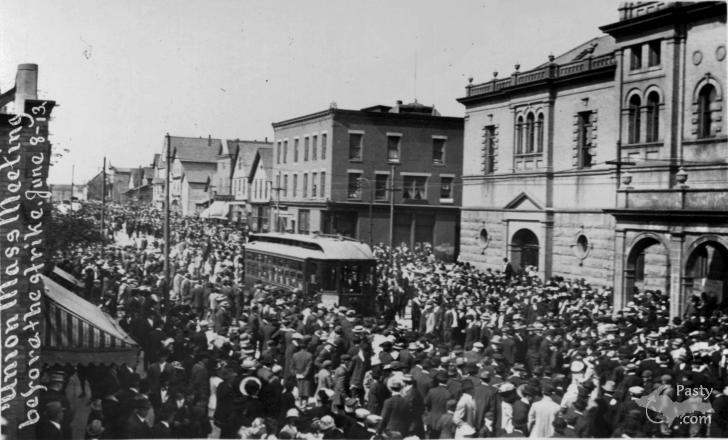By ILMHitCC (Ilmhitcc) on Monday, July 9, 2012 - 01:42 pm:
Thanks Dan, for researching your comment. Also, the low temp for 6/8/13 was in the 30's, chilly indeed. I enjoy weather facts myself, as my father did. He was his own walking almanac!
This area has such rich history, so important to understand. We all know the adage. Selective memory serves no one, especially those inclined to practice it. Labor struggles worldwide have often been violent, particularly in dangerous work such as mining, and the notorious Union-busting thugs that maimed, killed and terrorized remain in memory. Whatever our present day conditions are, violent action and reaction must not be considered and option. Save for the Italian Hall disaster, the Keweenaw managed better than many other areas.



